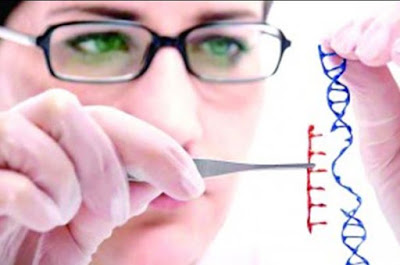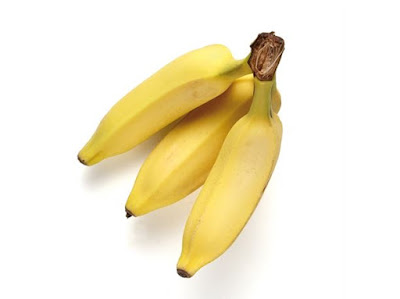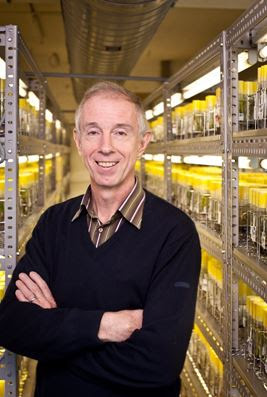January 23, 2021
Today we conclude our two-part look at the story of bananas, and begin with the Panama disease, the fungal disease that wiped out an earlier crop of bananas – the Gros Michel – and threatens the bananas that we eat today, the Cavendish.
During the first half of the 1920s, in Honduras, the nation’s output of bananas dropped from 4.5 million to 1.9 million bunches. In 1931 the Panama disease infected 15,000 acres in Jamaica and 50,000 acres in the nation of Panama (where it was first discovered), with the entire Atlantic coast of Panama unable to sustain banana crops.
The Panama disease spread because of poor agricultural practices. It was transported by people. It was spread via water, running through the banana’s root systems, and transferred by infected soil acre-by-acre on truck tires, railroad wheels, bicycle tracks, and footprints.
Instead of quarantining infected areas and making sure that workers, trains, vehicles, and tools were cleaned and sanitized so they’d be prevented from spreading contaminated soil, producers went on as before. By the 1950s, the blight had gone global. In every case, the failure to enforce proper quarantine and isolation practices hastened the spread of the disease (Gee, does that sound like 2021?).
The banana industry knew it had to find a replacement banana for the Gros Michel.
The Cavendish, the Gros Michel’s ultimate replacement, was named for an English Duke who promoted their cultivation.
The Cavendish was entirely resistant to the Panama disease. It also looked and tasted right. A ripe Cavendish wasn’t exactly the same as the Gros Michel, either in the hand or on the palate. But it was close – and close counts in horse shoes, quoits, hand grenades, atomic bombs, first dates, and bananas.
The final Gros Michel bananas to reach the United States were sold in 1965. It can still be found in small amounts in Southeast Asia, and in parts of rural Africa.
The Golden Child
One of the first modern signs of trouble appeared in 1991 at a Malaysian farm. It turned out that Malaysia was perhaps the worst place on earth to grow the Cavendish.
Malaysia’s wild banana population had been developing there longer than just about anywhere else in the world. The native bananas developed resistance to the diseases that grew along with them. The Cavendish had no such evolutionary defenses, and as the bananas were transported world-wide, so was the new disease.
Banana bioengineering may be necessary to save the Cavendish, but it is an incredibly difficult task. In four decades, from the 1930s until the 1970s, scientists created nearly 20,000 hybrids, or about 400 times the number of edible varieties that emerged over 7,000 years of conventional human cultivation. In the last 50 years, that lottery long-shot banana has produced between 20 and 25 viable banana varieties. That’s a huge success story, given the odds.
How many are close enough to be considered as a Cavendish replacement? Just one.
Phil Rowe, the world’s premier banana scientist, spent 40 years trying to breed the perfect banana. He summed up the frustrations of being a banana breeder as having to work with a plant that has no seeds to get it to produce seeds in order to develop a plant with no seeds.
Twenty years of work produced Goldfinger – so named because of its rich color. It may be world’s dream banana. It never turns brown. The fruit remains firm and solid for far longer than the Cavendish does. Goldfinger is virtually immune to banana diseases.
But there is one over-riding attribute – those who have tasted it say it doesn’t taste, or feel, like a Cavendish. The question is simple: If it doesn’t taste like the Cavendish, does that mean it also doesn’t taste like a banana?
Frankenbanana
Crossbreeding and biotechnology are both forms of genetic manipulation. The first has been effective and widespread for thousands and thousands of years. Changing life-forms by directly manipulating their DNA is new technology. Even so, in 2000, 90 percent of the corn Americans ate was bioengineered, as were more than half the soybeans, according to the U.S. Department of Agriculture.
But when the mechanics of banana biotechnology are explained, people become uncomfortable. Even scared. Yet, the truth is, the banana, this essential food, is in danger of fading away. Already, banana production in some parts of Africa is down by more than 60 percent, thanks to banana maladies.
“The bottom line,” says Rony Swennen, Leuven’s Laboratory of Tropical Crop Improvement, “is that bananas need biotechnology. That’s especially true for the Cavendish. I don’t see any other way to save it.”
It would be hard to build a banana that resisted everything. But even coming close could change the world. The lab-made banana could be clean, grown without pesticides, grown organically. It could be grown – because it is stronger, and because stronger means cheaper – according to fair-trade principles. It could be the banana that finally reverses history, that finally makes each bunch a guilt-free choice, even a redeeming one, as we load them into our shopping carts, as we argue over who first sliced them into ice cream, as we sing ridiculous songs about them.
And on that note, let’s close with a musical salute to the fruit that changed the world.
👉 Today’s close is by Phil Ware.
“Ask and it will be given to you; seek and you will find; knock and the door will be opened to you. For everyone who asks receives; he who seeks finds; and to him who knocks, the door will be opened” (Matthew 7:7-8).
Ask! So often we’re afraid to ask for help because we have to admit we don’t have the answers. Seek! Effort and interest and perseverance are necessary and that's sometimes hard. Knock! Be persistent. God wants us to use the A.S.K. principle and bring our hearts before him. So let’s not whine, complain, desire, and want. Let’s A.S.K. our Father and seek his glory.
Prayer:
Waiting Father, I am sorry that so often you hear only my whines, complaints, and concerns. You have been so generous with your love. Help me to keep my heart set on you and your will today as I ask you to minister to the things on my heart. Through Jesus I pray. Amen.
-30-













No comments:
Post a Comment